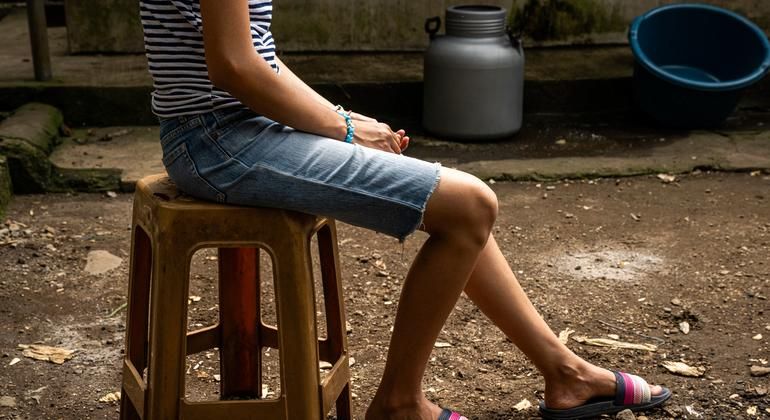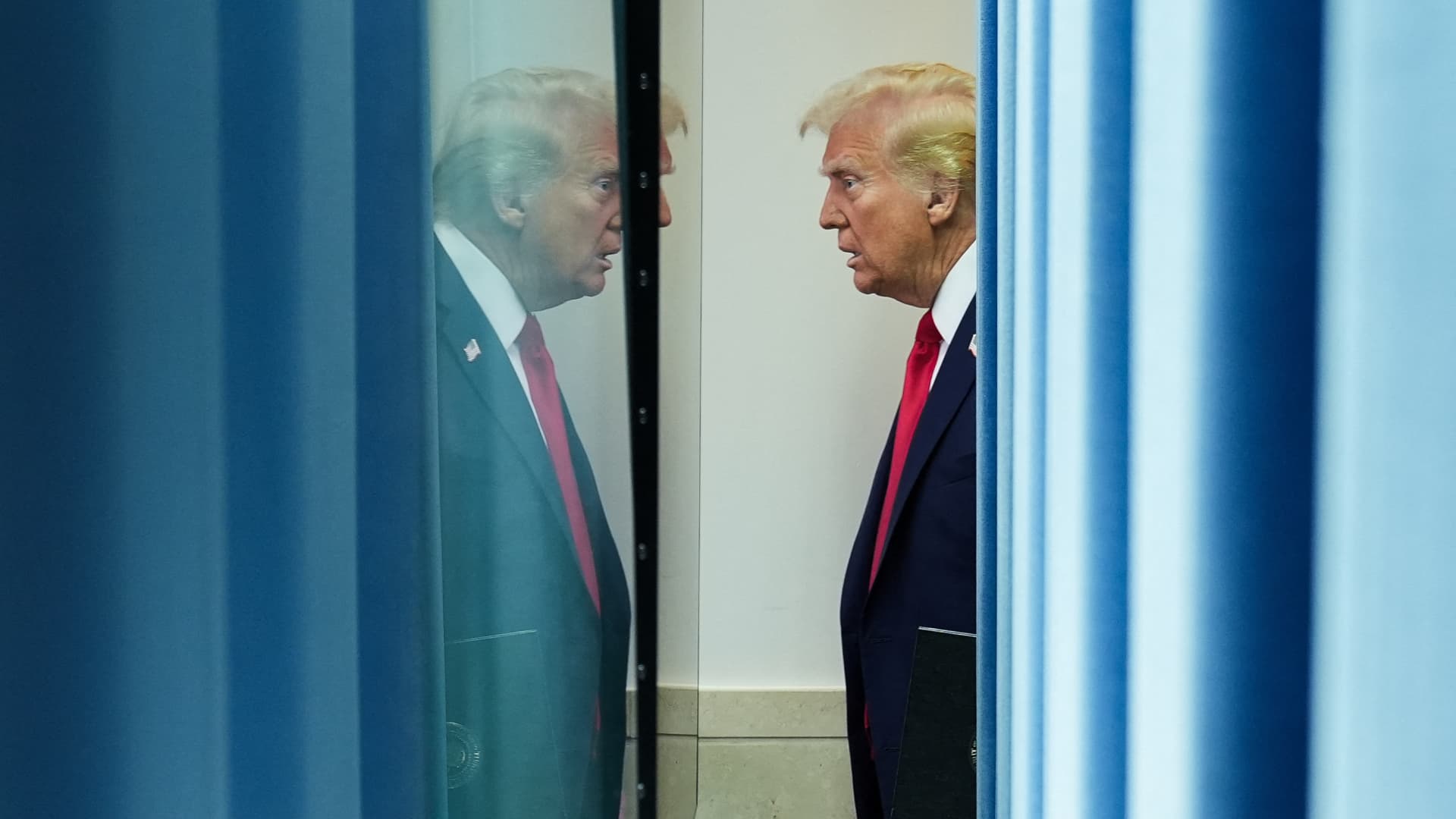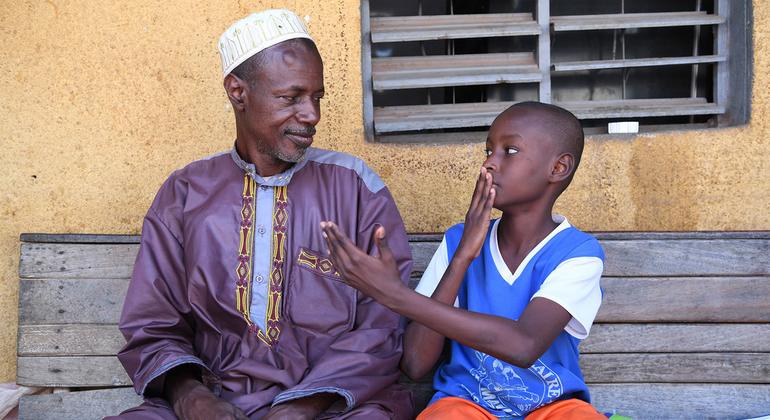Speaking on World Suicide Prevention Day, which is marked annually on September 10, who is Tedros Adhanom Ghebreyesus that “every lost life leaves a deep impact on families, friends, colleagues and entire communities.”
All age groups are affected by suicide and was the third cause of death among those aged 15 to 29 years in 2021, last year for which the data has been collected by WHO.
Suicide not only occurs in high -income countries and impacts all regions of the world.
Nearly three quarters of global suicides occurred in low and medium income countries in 2021.
The average number of suicides worldwide in 2021 was 8.9 per 100,000 people.
In Africa, the figure stood at 11.5, while both in Europe and in Southeast Asia the number of suicides was recorded in 10.1 per 100,000 people.
Worldwide, the lowest suicide rate was in the Eastern Mediterranean region to 4.0 per 100,000, while in the Western Pacific it was 7.5 percent.
Who is at risk?
The link between suicide and mental disorders, in particular, depression and alcohol use disorders, and a previous suicide attempt is well established in high -income countries.
However, many suicides occur impulsively in times of crisis with a collapse in the ability to deal with the stress of life, such as financial problems, relationship disputes or pain and chronic disease.
In addition, experiencing conflicts, disasters, violence, abuse or loss and a sense of isolation are strongly associated with suicidal behavior.
Suicide rates are also high among vulnerable groups that experience discrimination, such as refugees and migrants, indigenous peoples, lesbian people, gay, bisexual, transgender, intersex (LGBTI) and imprisoned prisoners.
Moving from silence to openness
“We must move from silence to openness, from stigma to empathy, and of negligence to support“Dr. Tedros said.
“We must create environments where people feel safe to speak and seek help,” he said.
“Changing the narrative about suicide also means promoting systemic change, where governments prioritize and invest in quality mental health care and policies to ensure that everyone receives the support they need.”
According to the 2024 Mental Health Atlas Report by WHO, the average spending of the Mental Health Government has remained in a modest 2 percent of total health budgets since 2017.
In addition, there is significant disparity between high -income and low -income nations. While high -income nations allocate up to $ 65 per person to mental health, low -income nations spend only $ 0.04.
Who recognizes mental health as a universal human right.
Effective prevention measures
Who says there are effective measures that can be taken to prevent suicide and self -harm.
Live Life, the initiative of the Agency for Suicide Prevention, recommends the following key interventions based on effective evidence:
- limit access to suicide media (for example, pesticides, firearms, certain medications);
- interact with the media for suicide responsible reports;
- Promote socio -emotional skills in adolescents;
- Identify, evaluate, administer and follow any person who is affected by suicidal behaviors early.












